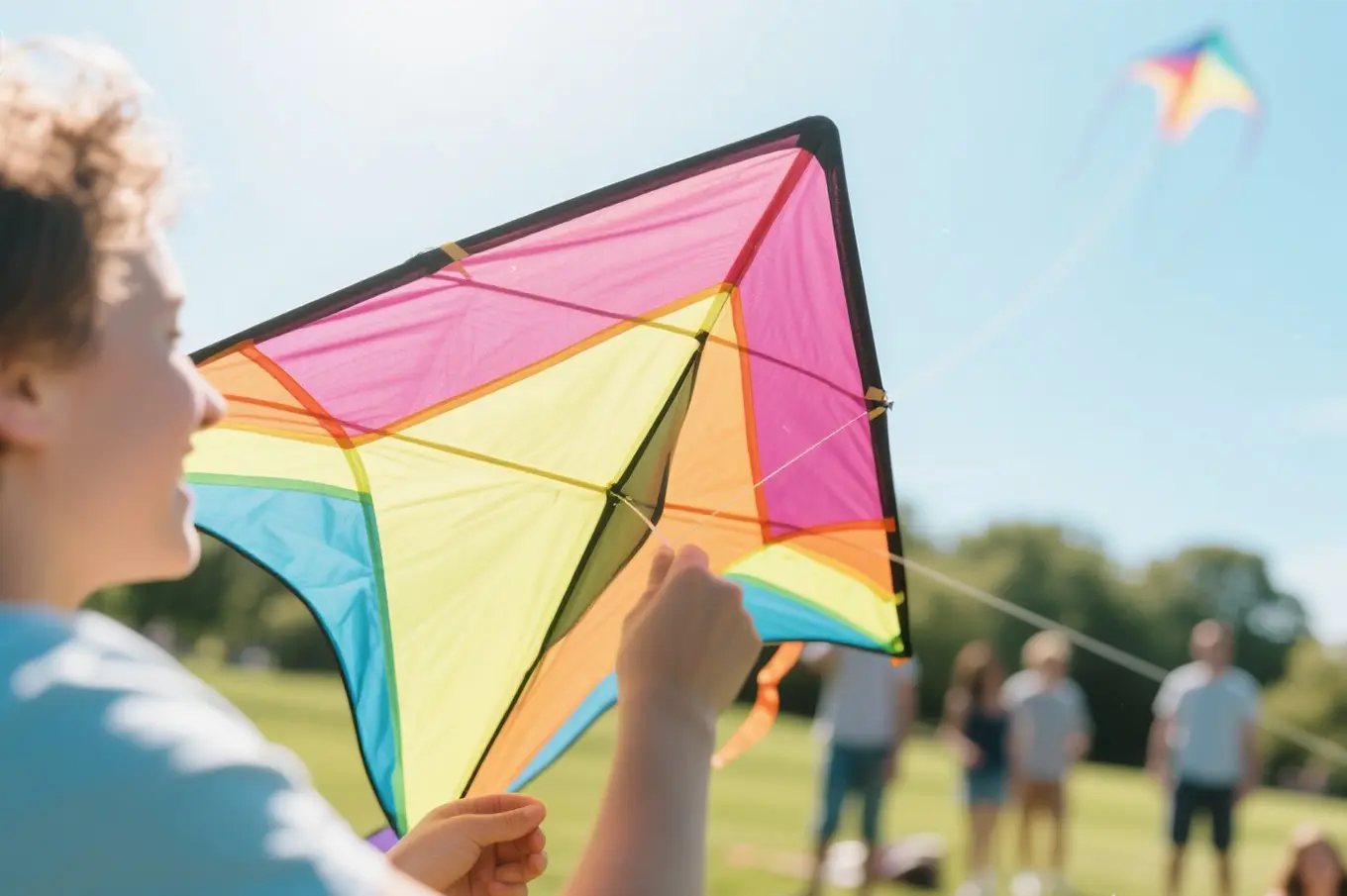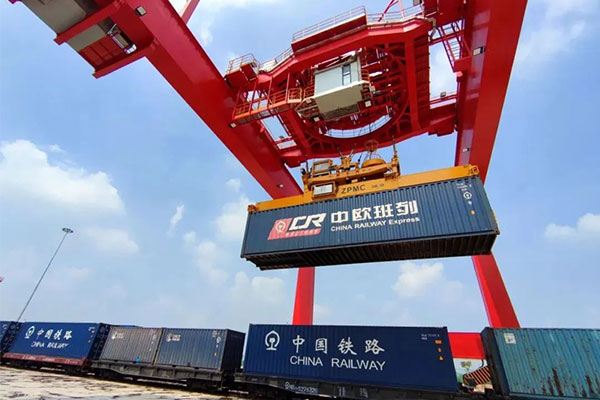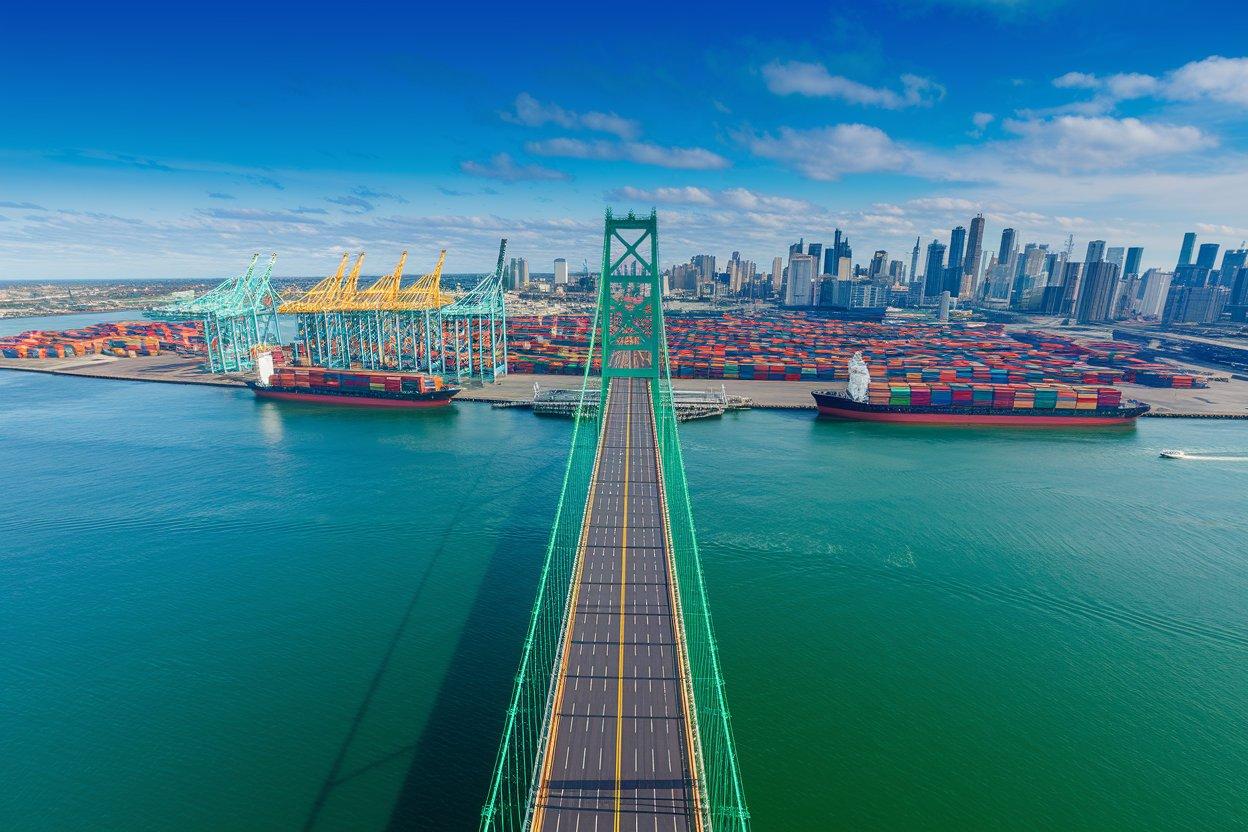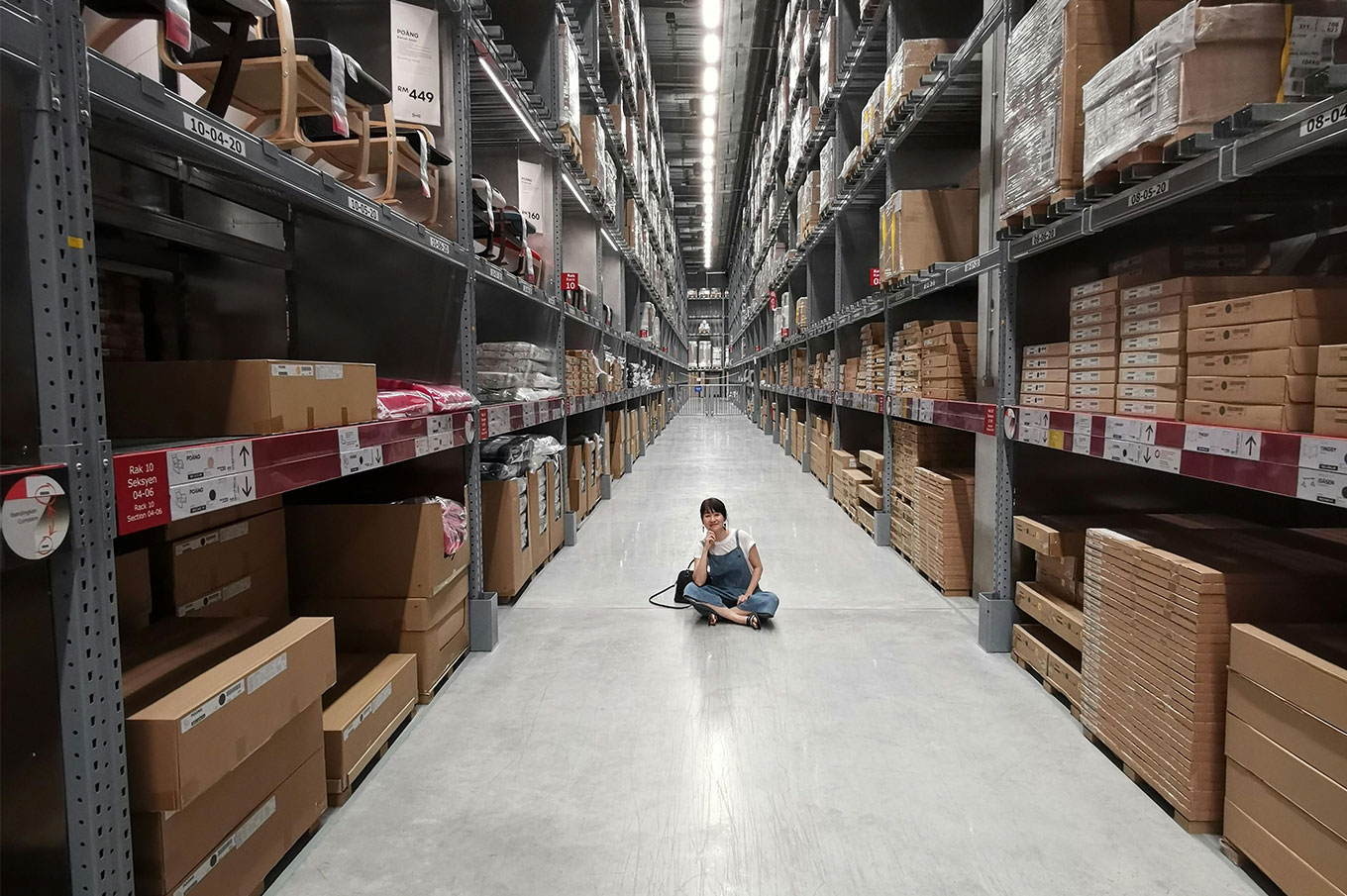- Shanghai Zhongshen International Trade Co., Ltd. - Two decades of trade agency expertise.
- Service Hotline: 139 1787 2118
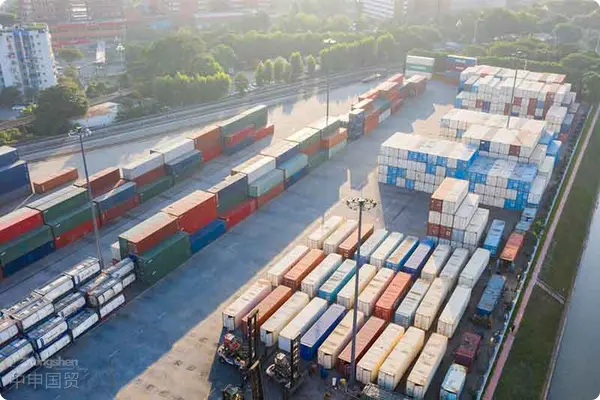
Understanding Russian Market Demand and Standards
The agency company will first conduct in - depth research on the US electrical appliance market, understand market demand, competition, policies and regulations, etc., and provide clients with accurate market analysis and suggestions.
– Before exporting lighting fixtures to Russia, conducting thorough market research is the crucial first step. Russia's vast territory means that different regions have varying demands for lighting fixtures. For instance, major cities like Moscow and St. Petersburg have a higher demand for stylish, energy-efficient, and smart lighting solutions, such as LED ceiling lights and chandeliers with adjustable brightness and color temperature, which are suitable for modern apartments and commercial spaces. In contrast, industrial cities show greater demand for high-brightness, durable industrial lighting fixtures, such as explosion-proof lights and high-bay lights.
– Understanding the aesthetic preferences of Russian consumers is also crucial. They tend to favor simple and elegant design styles, while also placing high demands on the material quality of lighting fixtures. For instance, metal lamp frames with exquisite craftsmanship are more likely to be well-received.
Standards and Certification
– Russia has a strict product certification system. For lighting products, the common certification is the EAC (Eurasian Conformity) certification. This certification covers various requirements such as the safety and electromagnetic compatibility of lighting fixtures. For example, the electrical insulation performance of lighting fixtures must comply with relevant standards to ensure that no safety incidents such as electric leakage occur during use. In terms of electromagnetic compatibility, lighting fixtures must not interfere with surrounding electronic devices and must also be able to resist external electromagnetic interference.
- In addition, depending on the specific type and intended use of the luminaire, other special standards may also need to be met. For example, explosion-proof luminaires used in hazardous locations (such as petrochemical plants) require additional explosion-proof certification.
Finding Suitable Sales Channels
Participating in Trade Fairs
– Participating in renowned trade exhibitions in Russia is an effective way to promote lighting products. For example, the Moscow International Lighting Exhibition, which is the largest lighting industry trade show in Russia. At the exhibition, you can directly showcase the styles, functions, and quality of lighting fixtures, and establish connections with local Russian distributors, wholesalers, retailers, and end-users.
- Through trade exhibitions, a substantial amount of potential customer information can be gathered, and the product features and market strategies of competitors can be understood, providing a basis for further expansion into the Russian market.
Building Local Partnerships
- Finding local distributors or agents in Russia is a crucial approach to entering the Russian market. Local partners offer advantages such as greater familiarity with the market environment and extensive sales networks. Suitable partners can be identified through business negotiations, recommendations from industry associations, and other methods.
- Establishing partnerships with local construction and renovation companies in Russia is also a good option. These companies often require a large quantity of lighting products when undertaking projects, and working directly with them can ensure a steady flow of orders.
Handling Logistics and Transportation Issues
Choosing Logistics Methods
– For exporting lighting fixtures to Russia, common logistics methods includeMaritime TransportationBy sea and land. Sea freight is relatively cost-effective and suitable for large-volume lighting fixture shipments. However, the transit time is longer, typically taking around 20–30 days from China to major Russian ports (such as the Port of Saint Petersburg).
– Land transportation primarily relies on railway shipping, with a relatively shorter transit time compared to sea freight, approximately 10–15 days. Additionally, land transport offers greater flexibility in routing, allowing direct access to some inland cities in Russia. However, the cost of land transportation may be slightly higher than that of sea freight. When selecting a logistics method, it is essential to consider factors such as cargo volume, delivery time requirements, and costs comprehensively.
Document preparation
– Lighting fixtures are fragile items and require special attention to packaging during transportation. Sturdy cardboard boxes should be used, with internal padding such as foam or air cushions to prevent damage from collisions during transit.
- The markings on the packaging are also crucial. It is necessary to indicate information such as the model, specifications, quantity, and weight of the luminaires. Additionally, product-related details must be labeled in accordance with Russian requirements, including the manufacturer and certification marks, to facilitate customs clearance and smooth delivery of the goods.
Addressing Customs and Trade Policies
Customs Clearance
– Understanding the customs clearance process and requirements in Russia is a crucial step to ensure the smooth export of lighting fixtures. During customs clearance, it is necessary to provide accurate and complete cargo documents, including commercial invoices, bills of lading, packing lists, product certification certificates, etc.
– The customs code (HS code) for lighting fixtures must be accurately classified, as different HS codes correspond to varying tariff rates and regulatory conditions. For example, the HS codes for ordinary household LED lights and industrial lighting fixtures differ, and their tariff rates may also vary.
Trade Policies
- Pay attention to changes in Russia's trade policies. In recent years, China and Russia have implemented many preferential trade policies, such as tax reductions or exemptions in certain special economic cooperation zones. At the same time, be aware of potential trade barriers, such as anti-dumping investigations. If Russia initiates an anti-dumping investigation on lighting products from a specific country, exporting companies should actively respond by providing relevant evidence to prove that their products are not involved in dumping practices.
Exporting lighting fixtures to Russia requires thorough preparation in various aspects, including market research, sales channels, logistics and transportation, and customs policies. Only by doing so can success be achieved in the Russian market.
Related Recommendations
? 2025. All Rights Reserved. Shanghai ICP No. 2023007705-2  PSB Record: Shanghai No.31011502009912
PSB Record: Shanghai No.31011502009912

